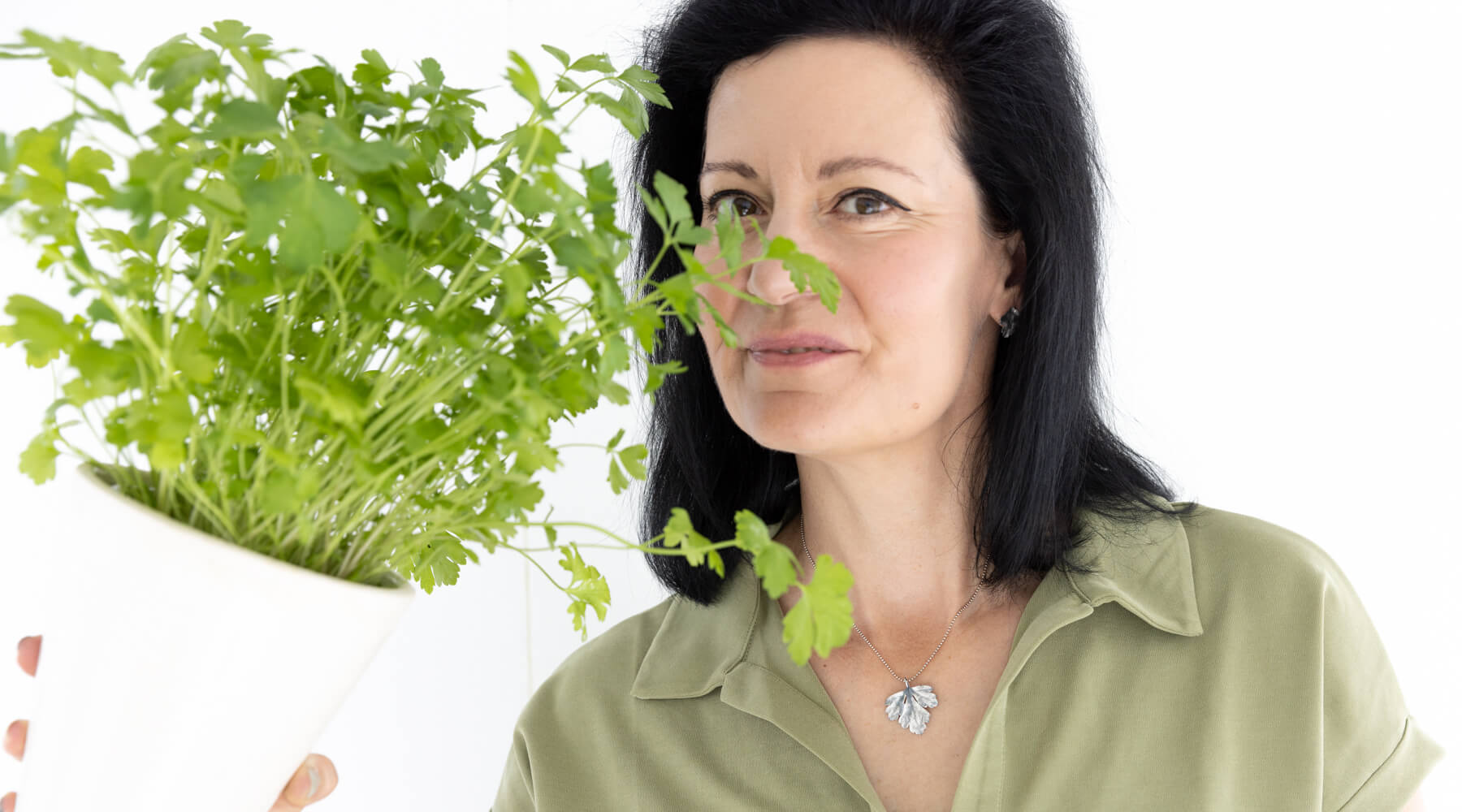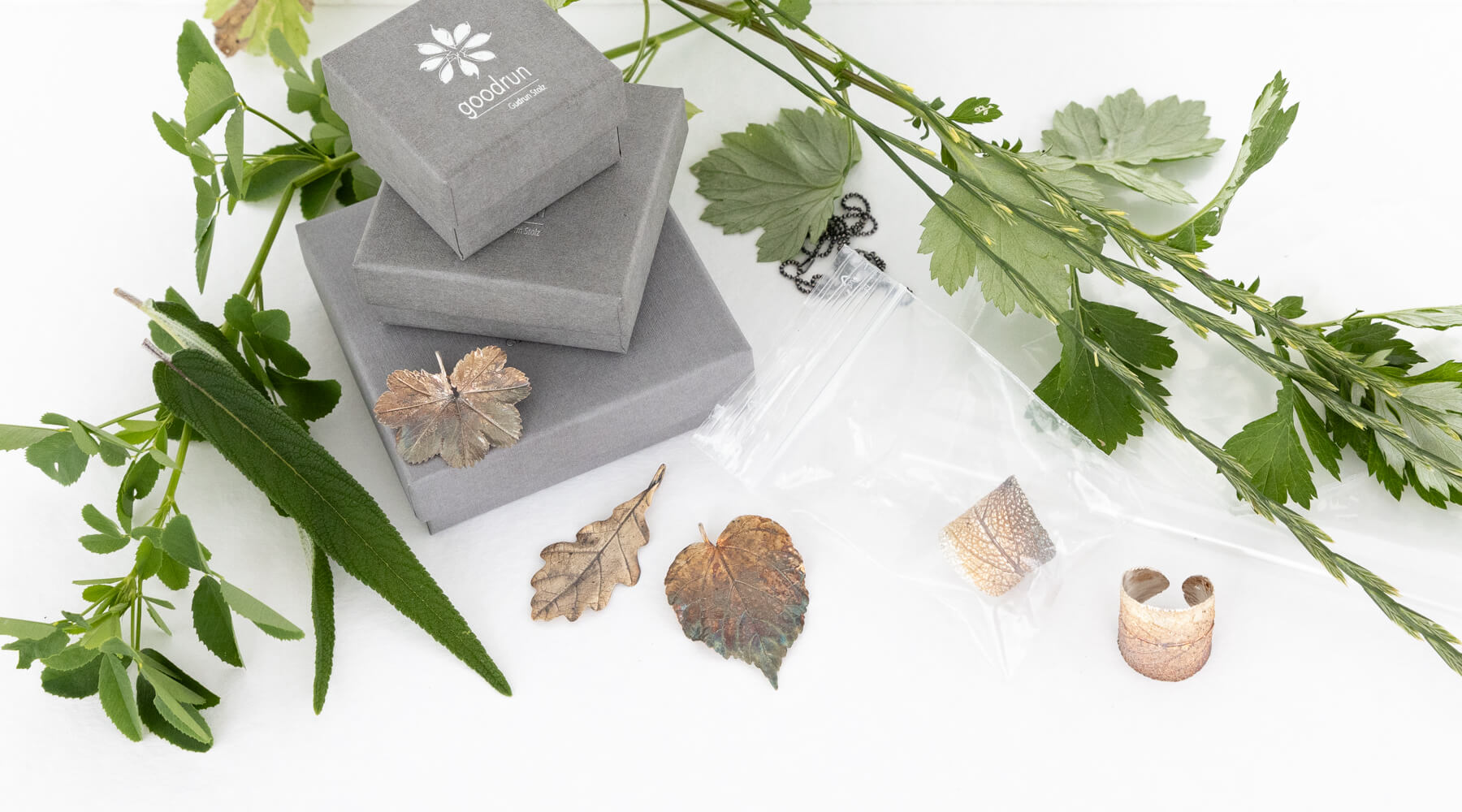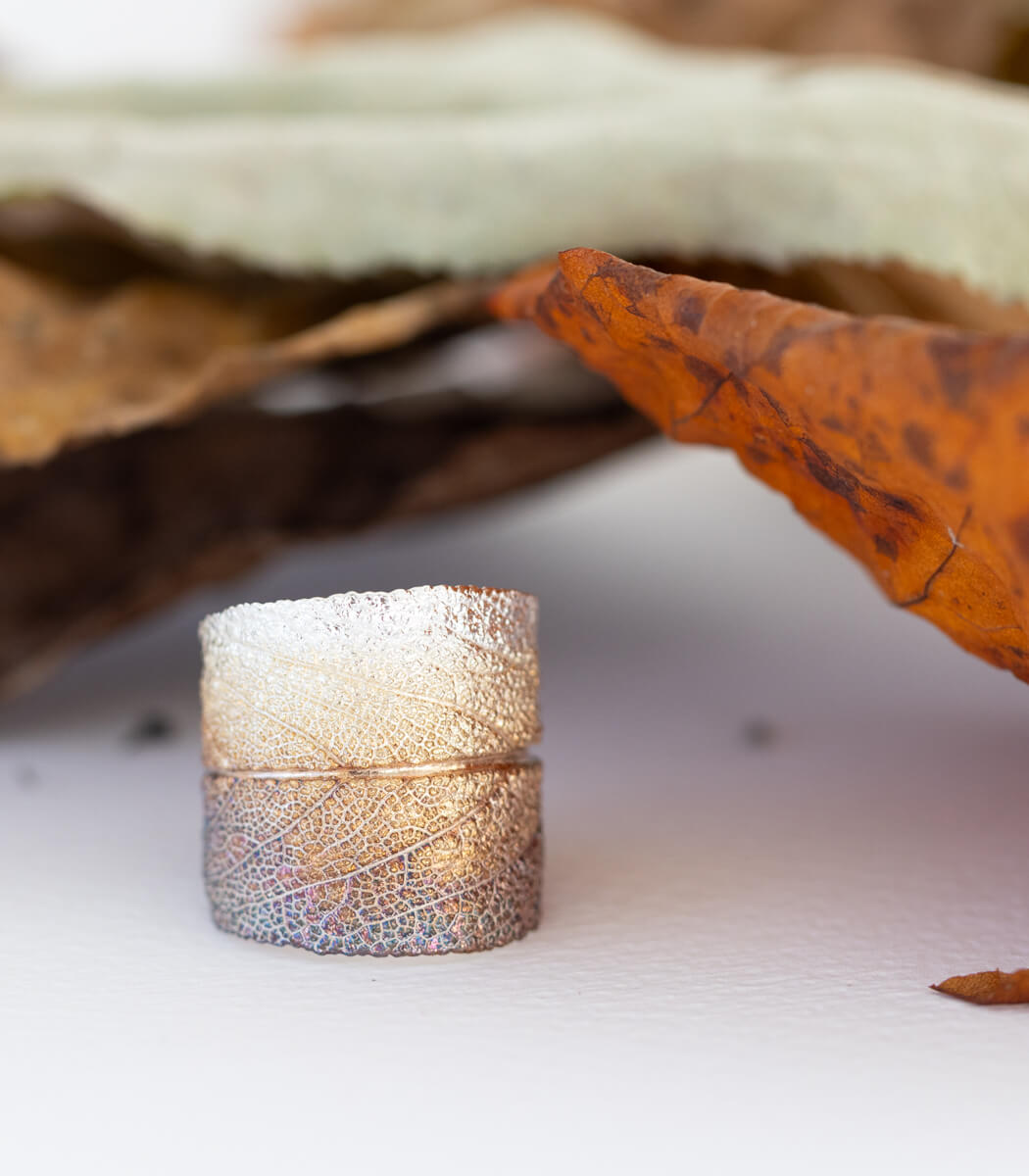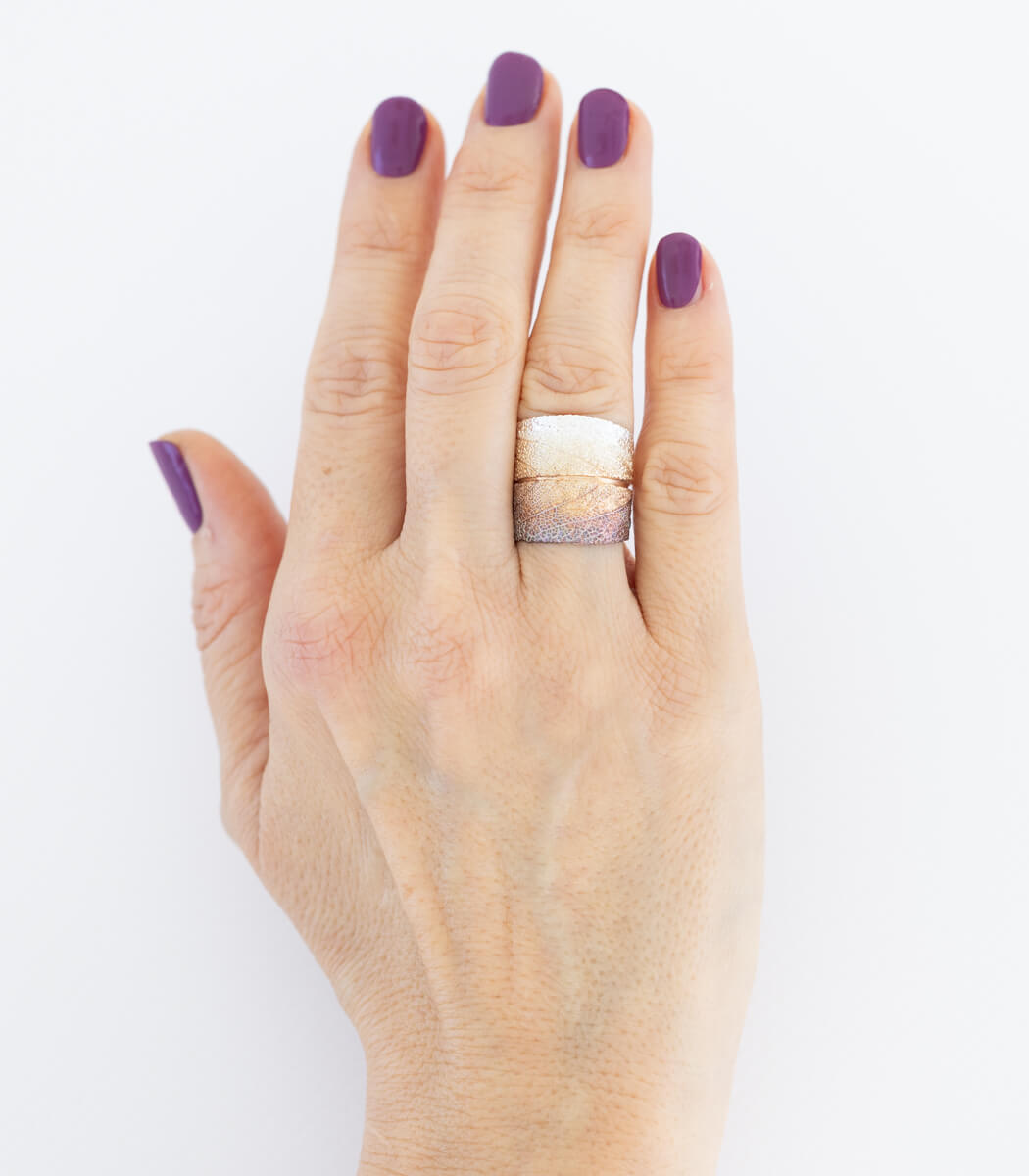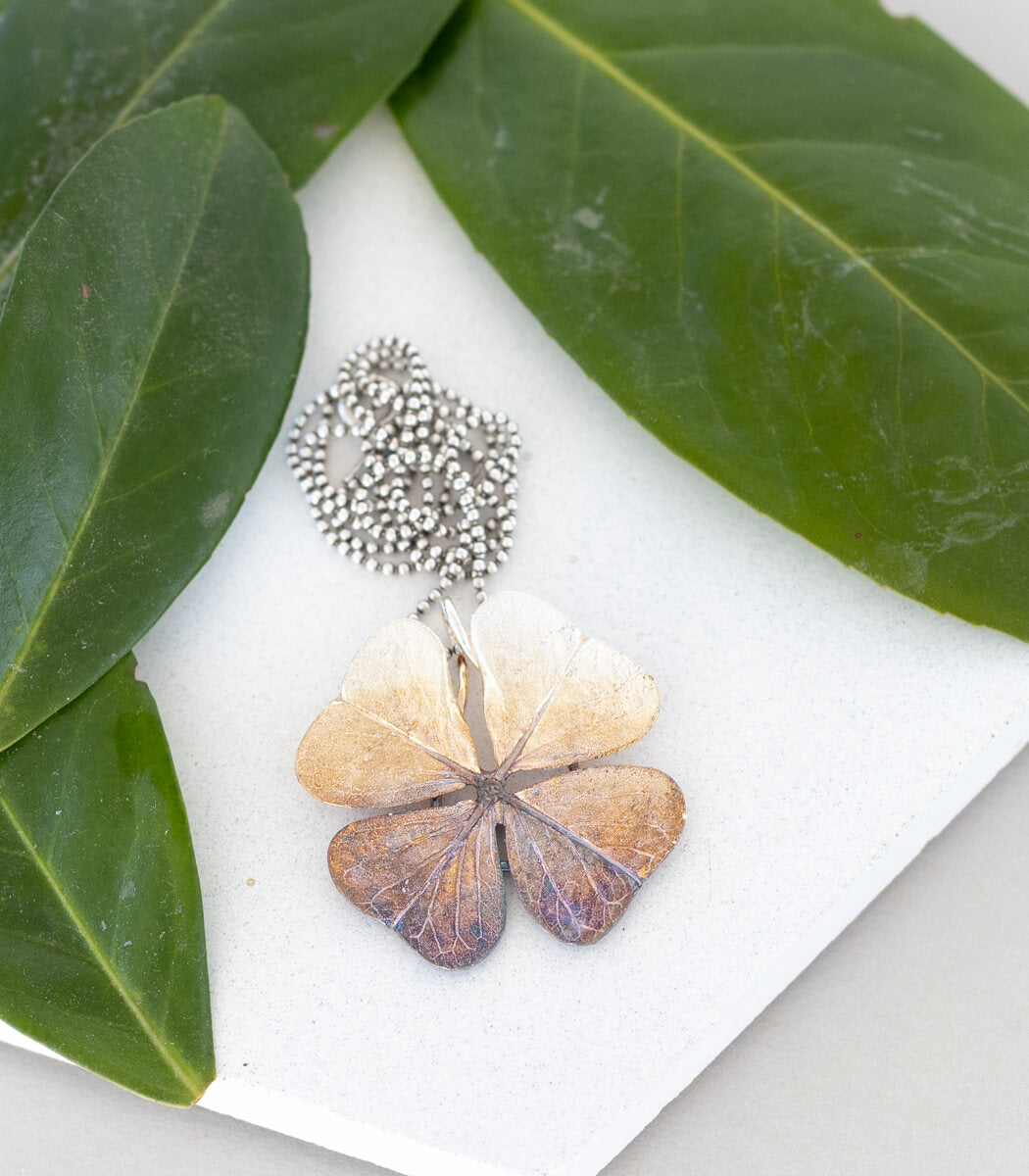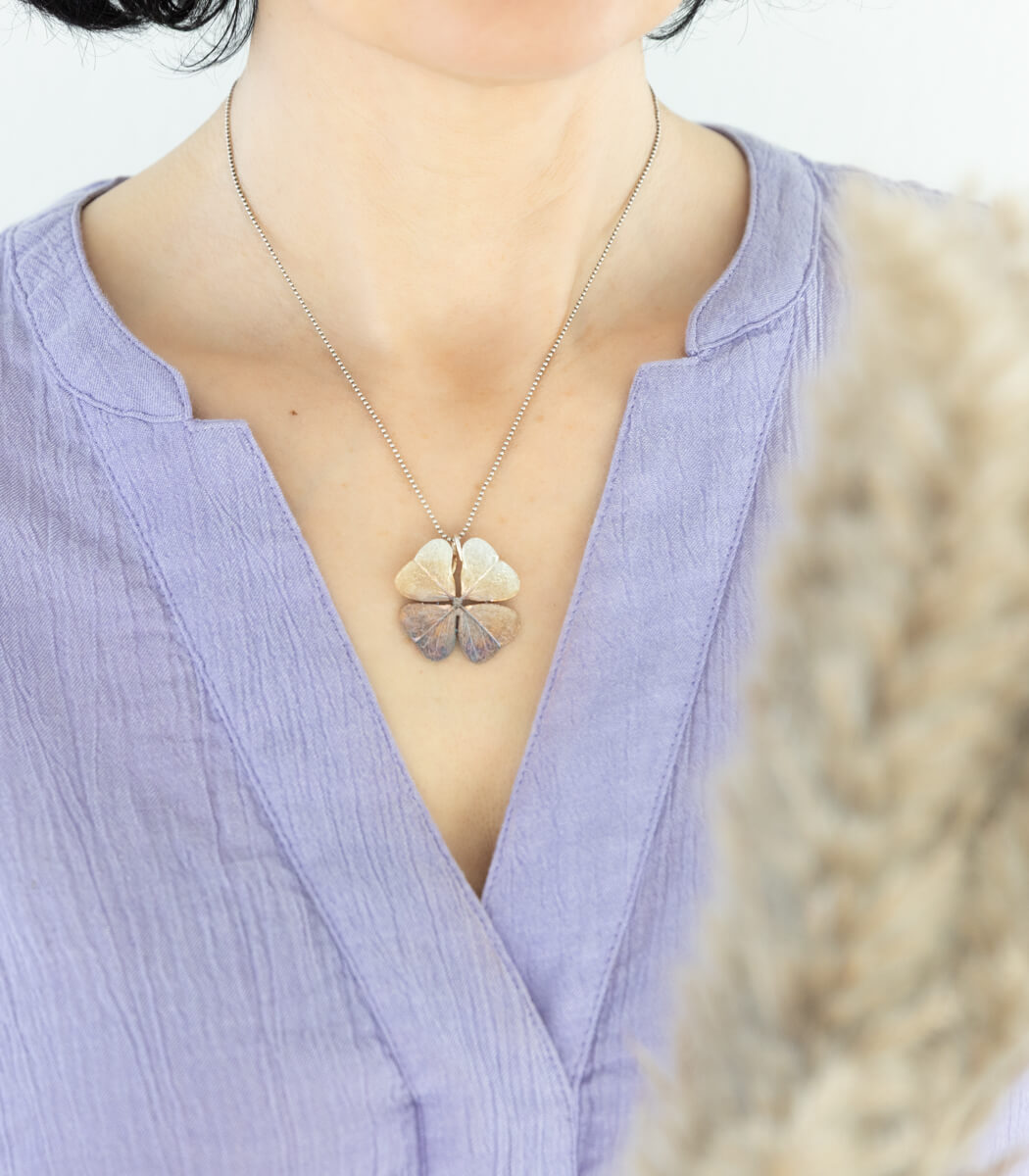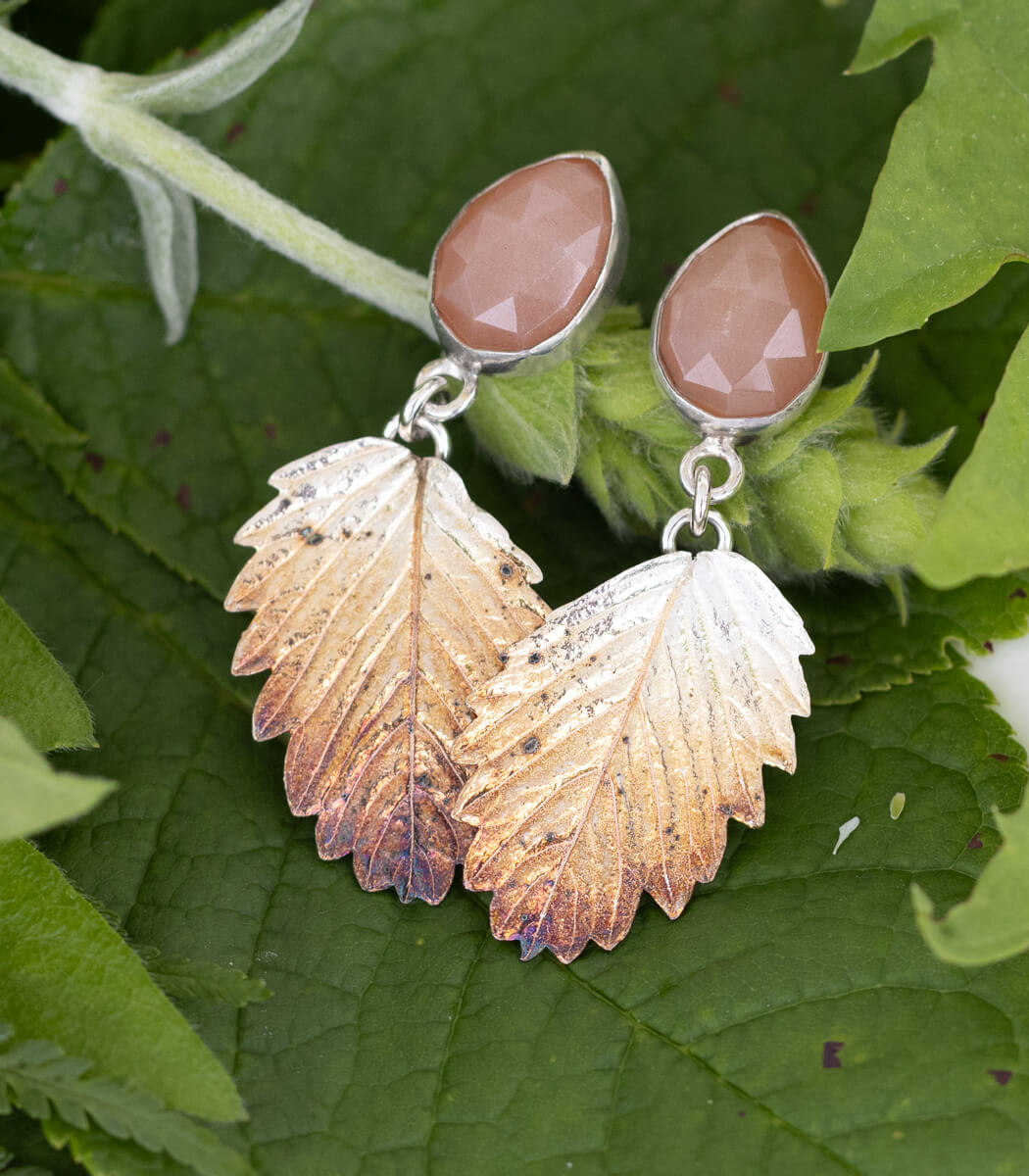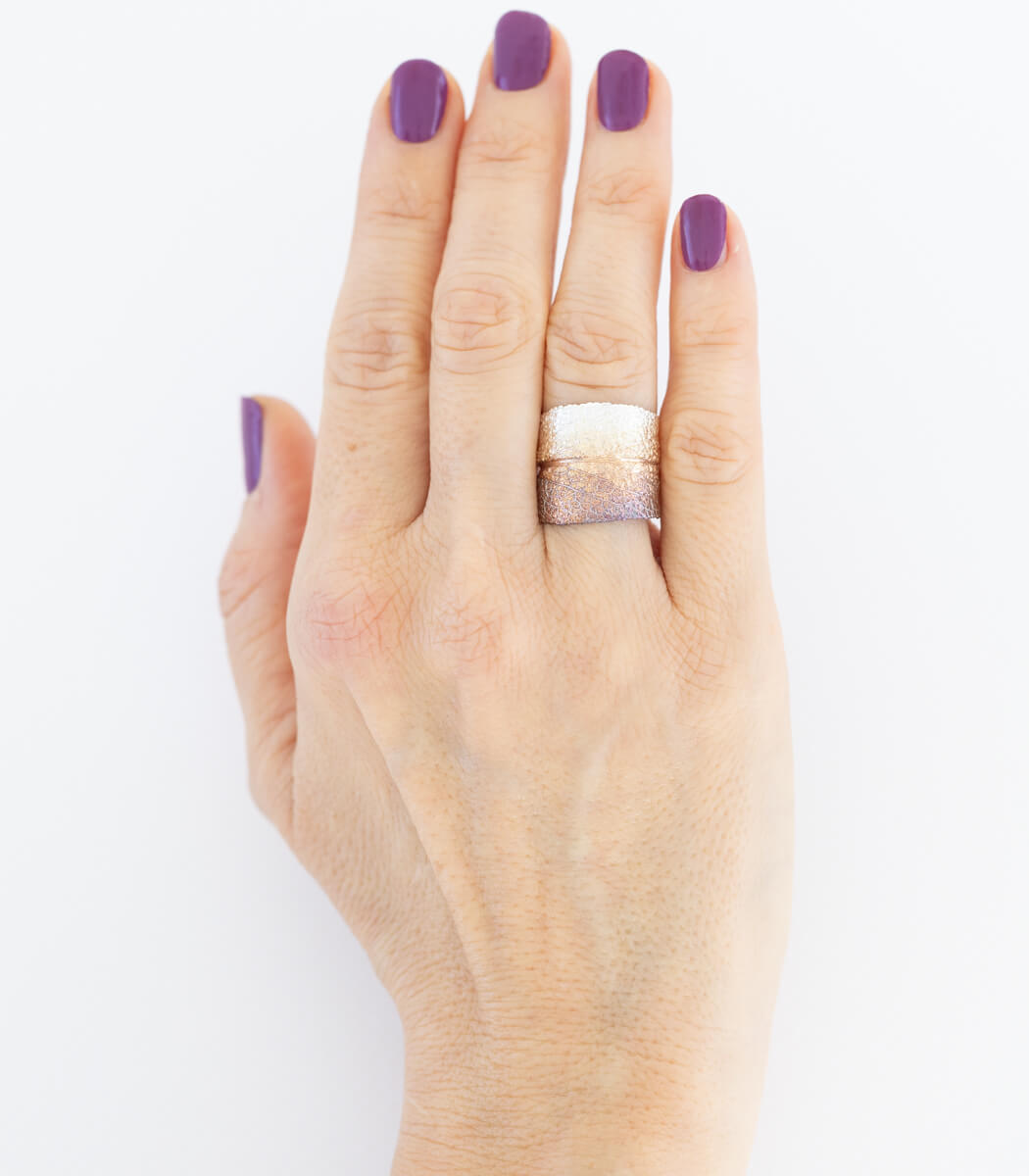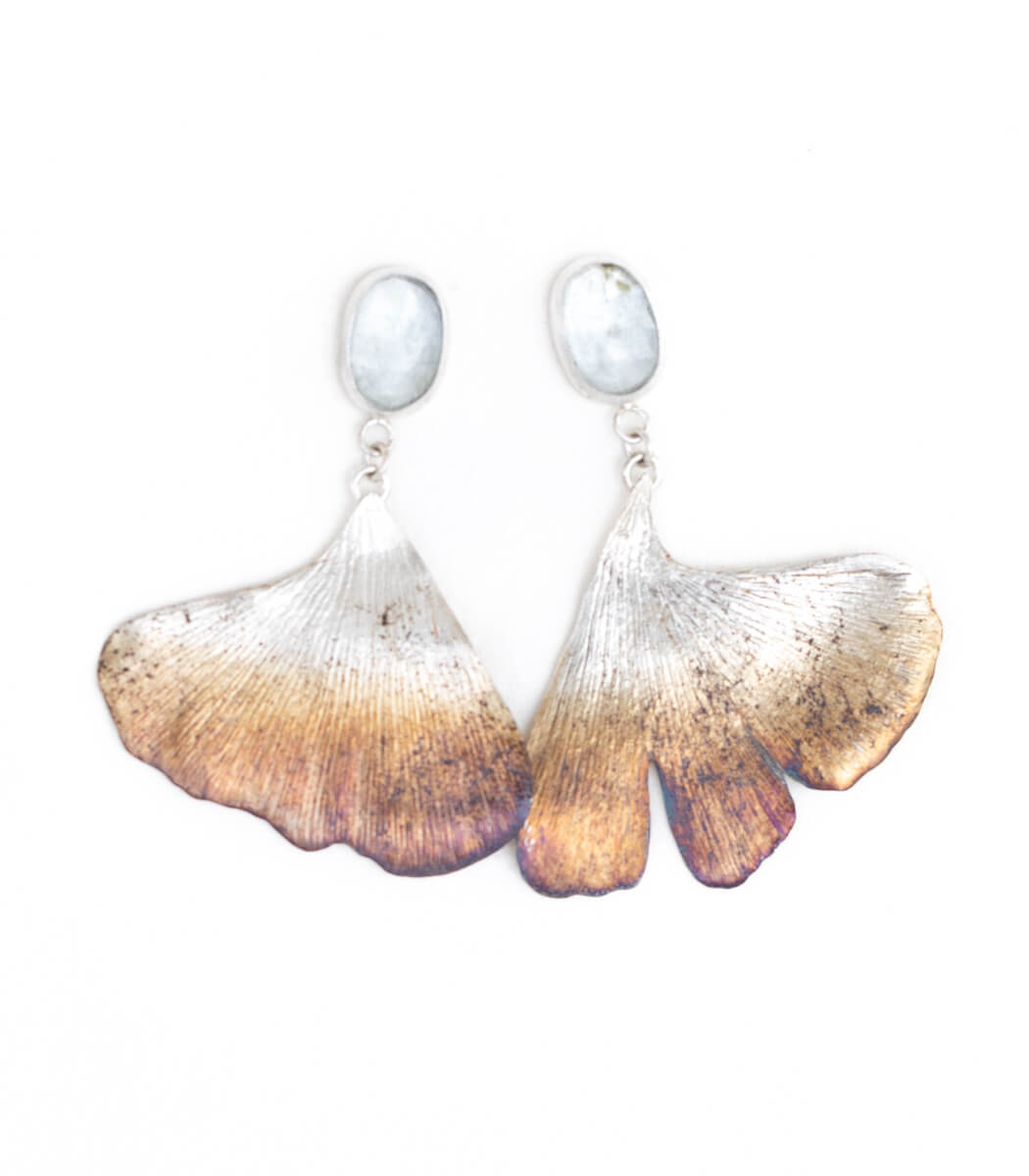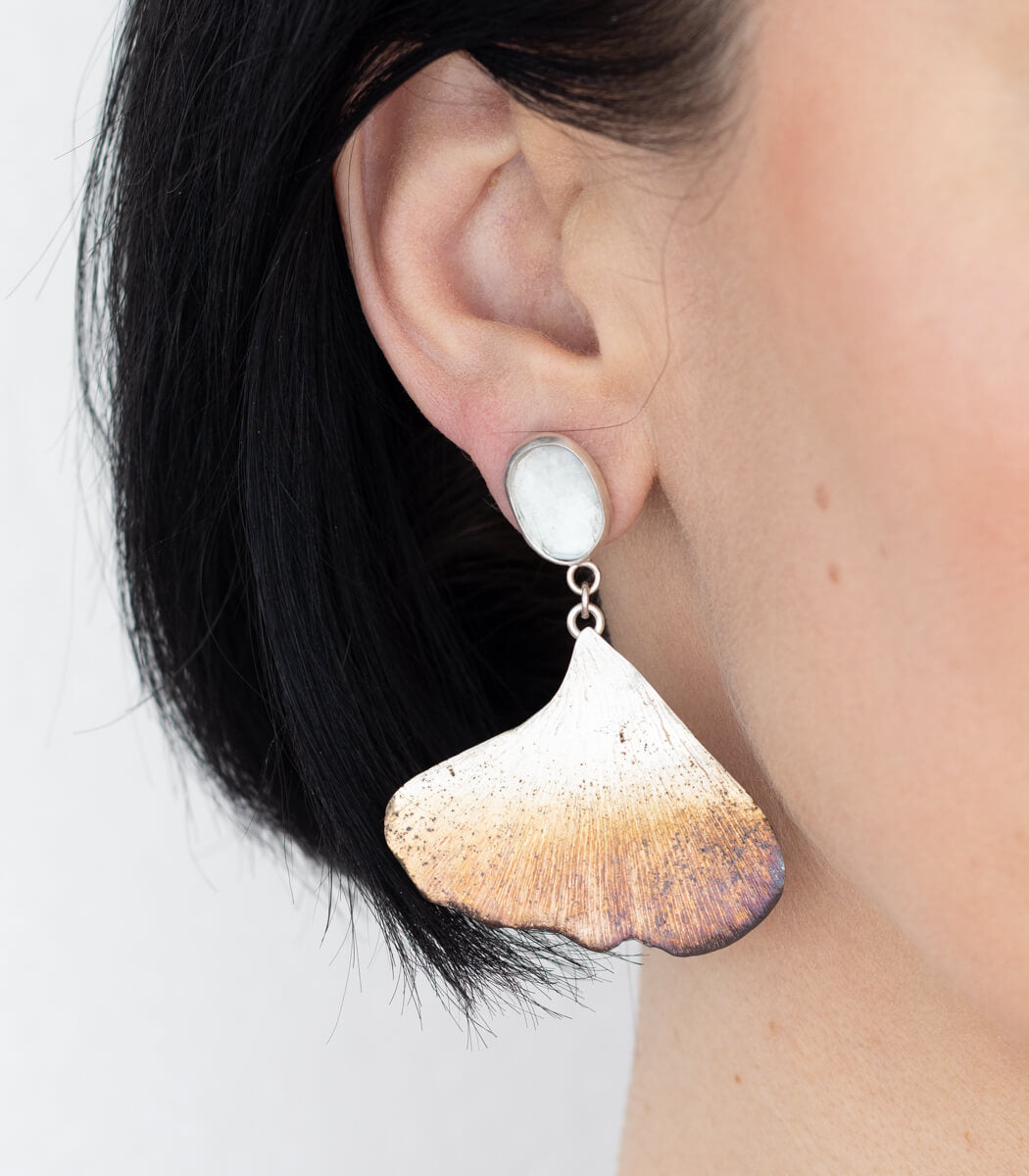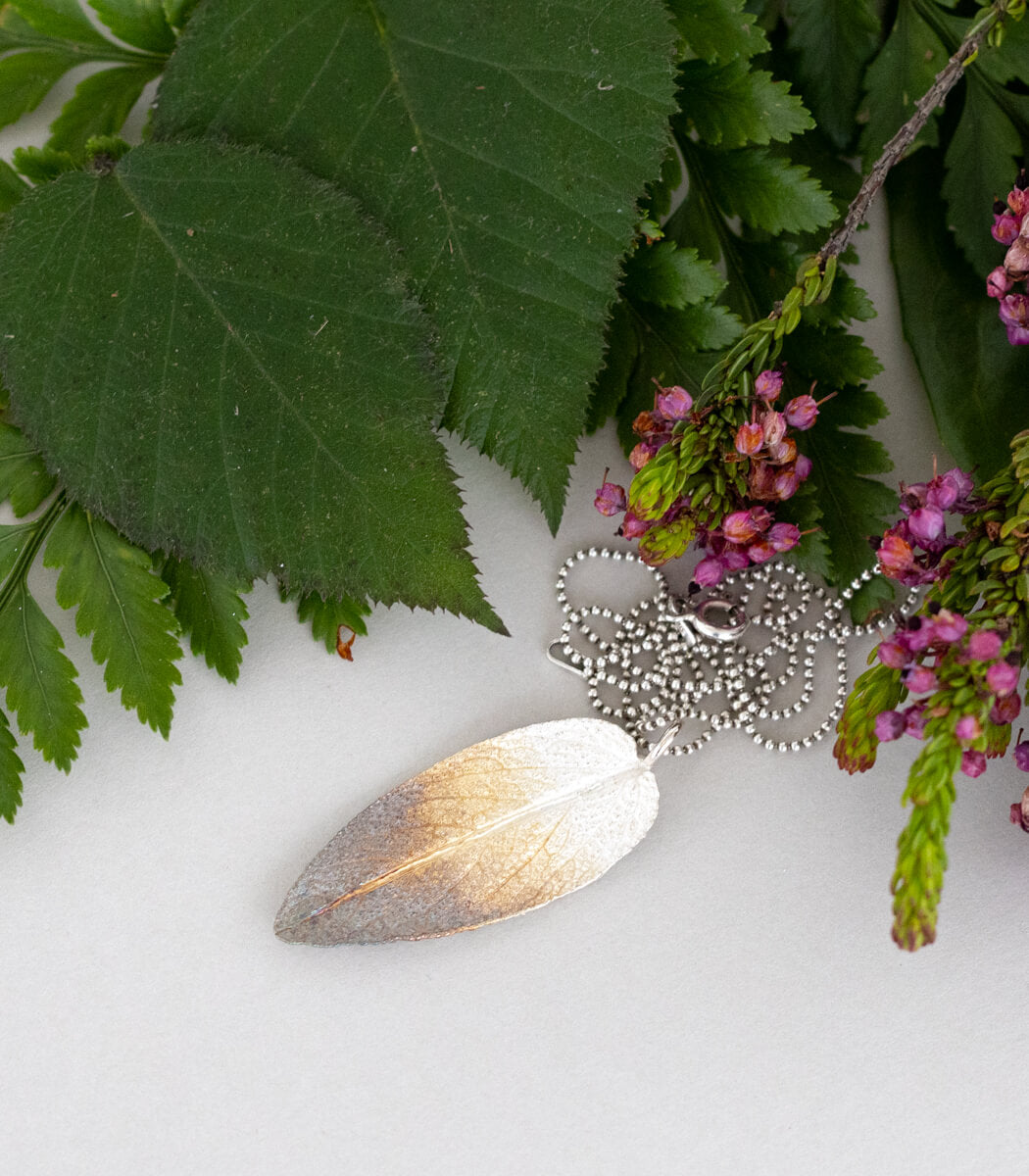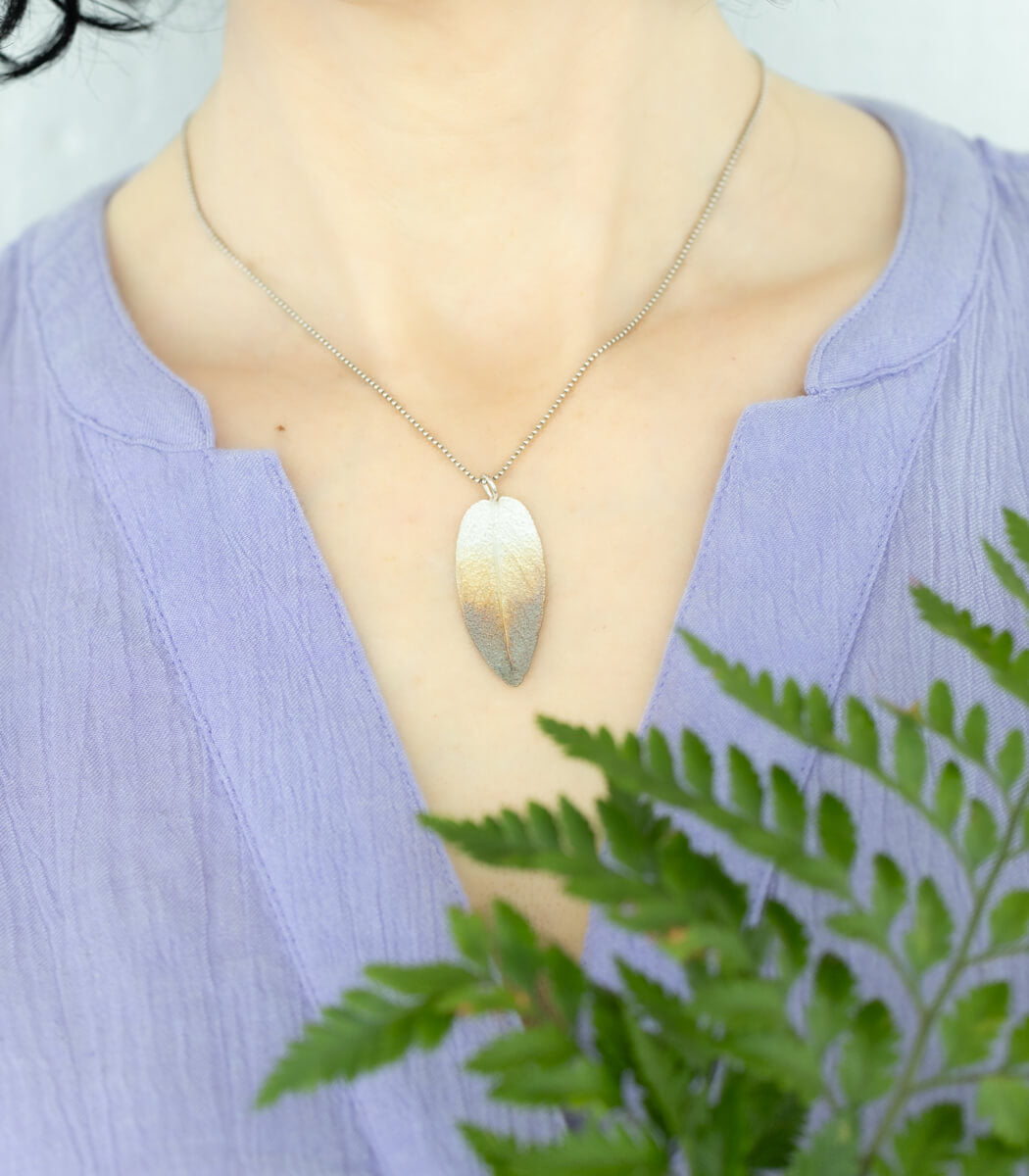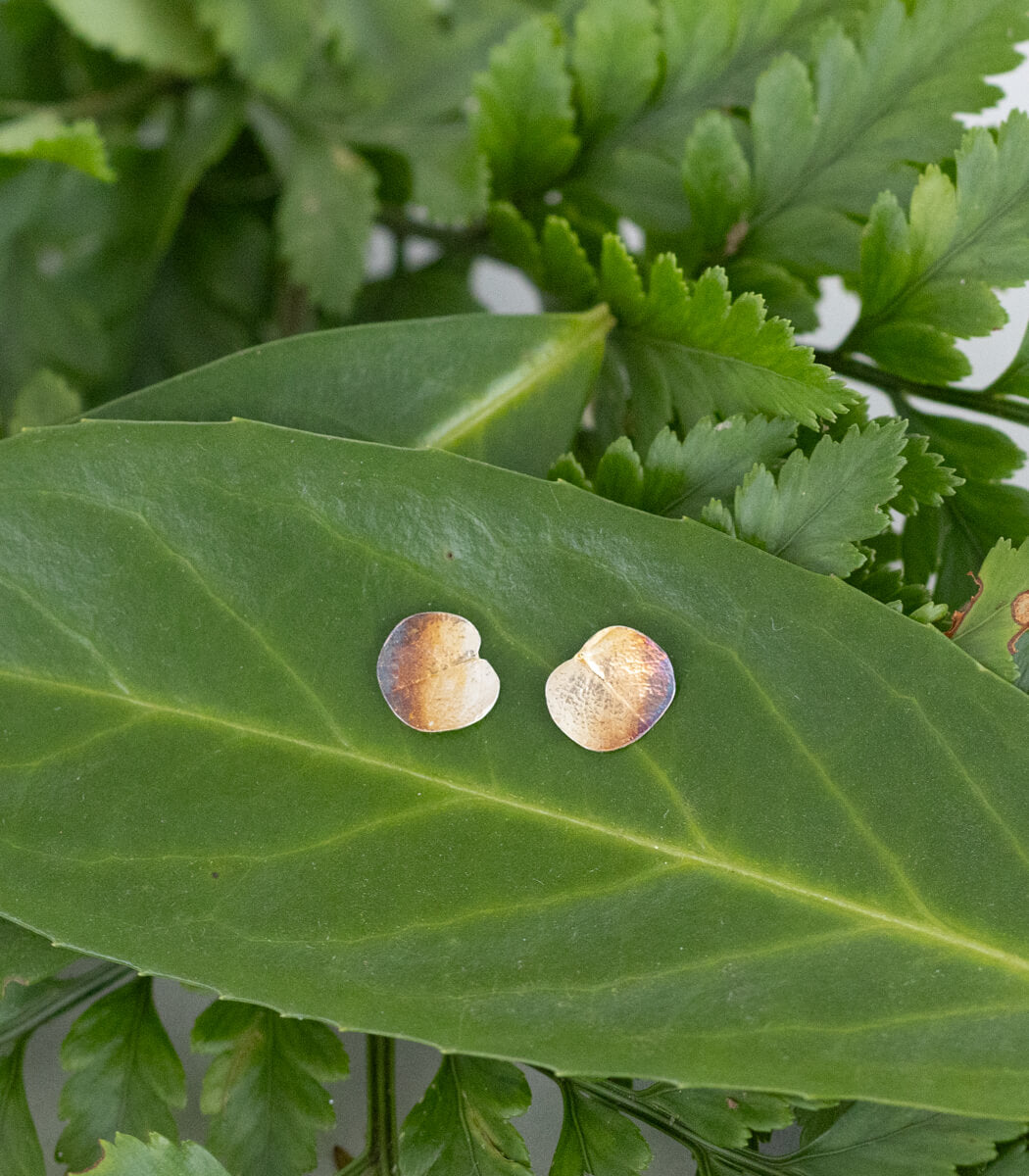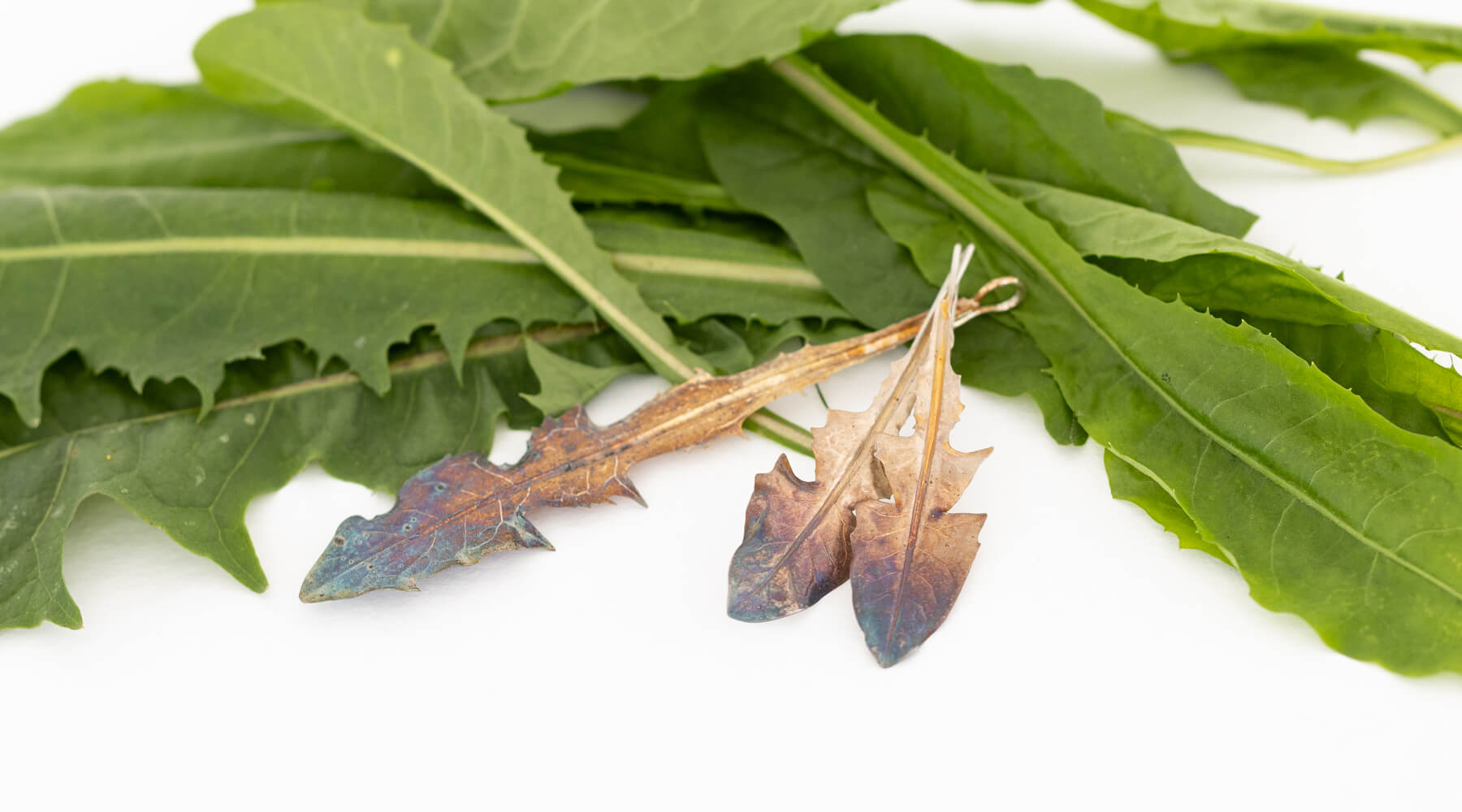
Dandelion | Medicinal herb and weed, loved or hated
Dandelion - a plant that has been with me since my childhood and fills my heart with joy. When I think of my early days in the meadow, I vividly remember picking the yellow heads of the dandelions. It was a magical sight when the gentle breeze swept over the meadow and swirled the delicate seeds into the air.
Each dandelion stalk had its own fascination for me. When I broke one off, I discovered its practical use as an improvised straw through which I could take refreshing sips. Or I would split the stalks into long strips and let them slide into the water, watching in fascination as they curled up and took on their unique shape. These little moments of childlike discovery are deeply etched in my memory.
Dandelion | Medicinal herb or weed, loved or hated
However, the dandelion is much more than just a playful memory from my childhood. It is a plant full of symbolism and meaning. Its delicate yellow flower heads radiate warmth and joie de vivre and seem to capture the sun itself. The deep green leaves with their jagged edges appear powerful and alive. In my mind, the dandelion embodies the spirit of spring, which fills me with its renewing breath.
Even today, I love discovering dandelions around me. Their delicate seeds, floating in the air like little parachutes, give me a feeling of lightness and adventure. When I see a dandelion, it reminds me that it is important to live in the here and now, to appreciate the small wonders of nature and to embrace life in all its facets.
The dandelion taught me that beauty can often be found in the seemingly insignificant things. Its humility and tenacity inspired me. Although the dandelion is often labelled a weed, it still shines in all its glory and withstands the adversities of nature. These qualities have taught me to recognise my own strengths and to believe in myself, even when the world sometimes underestimates me.
For me, the dandelion has become a symbol of joie de vivre, courage and connection with nature. Its yellow heads and green leaves remind me that life is full of beauty if you walk through the world with your eyes open. The dandelion is a gift from nature that reminds us to appreciate the small miracles of everyday life and to find happiness in the here and now.
Let us honor the dandelion together and awaken the magic of this enchanting plant within us. Pick a dandelion, look at its radiant flowers and feel the connection to nature. Let the dandelion inspire your imagination and remind you that life is full of small joys and precious moments waiting to be discovered.
The dandelion, figures, data and facts
The dandelion - a fascinating plant that impresses not only with its beauty, but also with impressive numbers, data and facts. Here is some interesting information about the dandelion:
- Name and meaning: The scientific name of dandelion is Taraxacum officinale. The name "dandelion" comes from the German words "lion" and "tooth" and refers to the jagged leaf edges, which are said to be reminiscent of a lion's teeth.
- Distribution: The dandelion is a plant that is widespread throughout the world and can be found on almost every continent. It originally comes from Europe and Asia, but has successfully established itself in many other regions.
- Habitat: The dandelion is extremely adaptable and can thrive in a variety of habitats. It is commonly found in meadows, pastures, wastelands, fields, gardens and even urban areas.
- Flowering time: Dandelions usually bloom in spring and summer. The characteristic yellow flower heads are a popular sight and serve as an important food source for bees and other insects.
- Benefits for nature: Dandelions play an important role in the ecosystem. Their flowers attract numerous insects and their seeds serve as food for birds. They also have deep roots that loosen the soil and contribute to soil health.
- Edibility: Both the leaves and flowers of the dandelion are edible and can be used in various dishes. The young leaves are particularly good in salads, while the flowers can be used to make dandelion honey or tea.
- Healing effects: Dandelion has long been valued in traditional medicine. It contains many valuable ingredients such as bitter substances, vitamins and minerals. Dandelion tea and dandelion ointment are often used to support digestion, detoxify and promote general health.
- Children's joy: Dandelions delight not only adults, but children too. Children love to pick the fluffy seed heads of dandelions and let them blow away. They enjoy watching the little parachutes fly and sending their wishes into the wind.
The dandelion is a plant full of surprises and diverse properties. From its delicate beauty to its positive impact on nature and health, the dandelion has a special meaning. Let us continue to admire this fascinating plant and enjoy the wonders of nature in all its splendor.
What does dandelion taste like?
The taste of dandelion can vary depending on the part of the plant and how it is prepared. Here are some descriptions of the taste:
- Leaves: The young leaves of the dandelion have a slightly bitter taste, which reminds some people of the taste of arugula or chicory. As the leaves age, they become more bitter and can have a more tart note.
- Flowers: The yellow flowers of the dandelion have a milder taste and are less bitter than the leaves. They can have a slight sweetness and a pleasant floral note. Many people use the flowers to make dandelion honey or dandelion tea.
- Roots: Dandelion roots have an earthy flavor with a slight bitterness. They can be roasted or boiled to soften their flavor and create a more pleasant note.
It is important to note that the taste of dandelion can be different for each person. Some people like the bitter taste, while others like it less. Through different preparation methods and combinations with other ingredients, the taste of dandelion can be varied and customized.
When do dandelions bloom?
The flowering period of dandelions usually extends from spring to early summer. The exact time may vary slightly depending on geographical location and weather conditions. In temperate climates, dandelions usually bloom between March and June.
The start of flowering depends on the regional temperature. Once the ground thaws and temperatures rise, dandelions begin to bloom. In some warmer regions, flowering may begin as early as early spring, while in colder regions it begins a little later.
During the flowering period, the dandelion develops its characteristic yellow flower heads, which then transform into the well-known white dandelion clocks. These clocks contain the dandelion's seeds, which are spread by the wind.
It is important to note that dandelions are perennial plants and bloom every year. During the flowering season, meadows and fields can be covered with dandelion's bright yellow flowers, which is a beautiful sight.
Why does the dandelion become a yarrow flower?
During its life cycle, the dandelion transforms from a yellow flower into a dandelion clock. This transformation serves the purpose of the plant's reproduction.
After the dandelion has completed its yellow flowering phase and pollination has taken place, it produces seeds. These seeds are surrounded by fine hairs called pappus. The pappus acts like an umbrella or parachute and helps the seeds to spread with the wind.
Once the seeds are ripe, the dandelion flower dries out and the petals fall off. What remains is the white, spherical seed head, known as the dandelion clock. The fine hairs of the pappus are now clearly visible.
When the wind blows over the dandelion, the hairs lift the seeds and carry them away. The light and airborne nature of the seeds allows them to float over great distances and reach new locations where they can germinate and produce new dandelion plants.
The transformation of the dandelion into a dandelion clock is therefore an adapted reproductive strategy to spread the seeds over long distances and thus ensure the spread of the plant. The floating seeds of the dandelion clock are also a fascinating phenomenon and are very popular with children and adults.
Why do bees like dandelions?
Bees like dandelions for several reasons:
- Food source: Dandelions produce plenty of nectar and pollen, which are an important source of food for bees. The nectar provides energy for the bees, while the pollen serves as a source of protein. Especially in early spring, when other plants are not yet in bloom, dandelions provide bees with a valuable source of food.
- Easy accessibility: The dandelion flowers have an open structure and offer bees easy access to nectar and pollen. The yellow flower color and the striking inflorescence make the dandelion easily recognizable and attractive to bees.
- Long flowering period: Dandelion flowers have a comparatively long flowering period, which can last several weeks. During this time, bees can continuously collect nectar and pollen from the dandelion flowers.
- Early flowering: Dandelions are one of the plants that bloom early in the year. This makes them an important food source for bees looking for food after winter. The dandelion provides them with a reliable source of food before other flowering plants are available.
- Diverse flower structure: The dandelion has many individual flowers on one inflorescence, which means there is a large amount of nectar and pollen. This attracts a wide variety of bee species, from honey bees to wild bees and other solitary bee species.
In summary, bees value dandelions as an early food source due to their rich nectar, long flowering period, easy accessibility and availability. Dandelions therefore play an important role in the nutrition and survival of many bee species.
Which plants are similar to dandelions?
Plants similar to dandelions include the autumn dandelion, the meadow hawksbill, the pigweed and also the coltsfoot. On closer inspection, however, they differ in the type of stem and also in the inflorescence.
How can I dry dandelions?
To dry dandelions, you can follow these steps:
- Collecting: Look for healthy and undamaged dandelion plants on a sunny day. Preferably choose plants that are not yet fully developed, as they have a higher nutrient content.
- Cleaning: Gently shake the plants to remove any dirt, insects or other contaminants. You can cut off the roots and use only the leaves and flowers, or dry the entire plant.
- Drying method 1: Air drying
- Tie the dandelion plants into small bouquets and hang them in a well-ventilated place.
- Make sure that the plants are not tied together too tightly to avoid mold growth.
- Let them dry in a warm, dry place for about 1-2 weeks until they are brittle and completely dry.
- Drying method 2: Oven
- Place the dandelion plants on a baking sheet or wire rack.
- Set the oven to a low temperature (around 40-50 degrees Celsius) or use the lowest setting if possible.
- Let the plants dry in the oven for 1-2 hours, leaving the oven door slightly open to allow moisture to escape.
- Make sure the plants don't burn by checking on them regularly.
- Storage: Once the dandelions are completely dry, remove the leaves and flowers from the stems and chop them if necessary. Store them in an airtight glass container in a cool, dry and dark place to ensure their shelf life.
The dried dandelion can then be used for various purposes, such as making tea, tinctures, ointments or as a spice in the kitchen.
Does dandelion have healing properties?
Yes, the dandelion actually has a long history in traditional medicine and is valued for its potentially healing properties. Almost all parts of the plant, including leaves, flowers, and roots, are used to treat various ailments. Here are some of the most well-known health benefits of dandelion:
- Liver support: Dandelion is often used to promote liver health. It can help improve liver function, stimulate bile production, and aid digestion.
- Anti-inflammatory: The anti-inflammatory properties of dandelion may help reduce inflammation in the body. This may be beneficial for inflammatory conditions such as arthritis and skin problems.
- Aids digestion: Dandelion can help with digestive problems such as bloating, heartburn and constipation. It can regulate stomach acid production, improve food absorption and support intestinal health.
- Antioxidant effects: Dandelion is rich in antioxidants that can help protect cells from free radical damage. This can contribute to overall health and protection against chronic diseases.
- Diuretic Effects: Dandelion may have a mild diuretic effect and help remove excess fluid from the body. This may be helpful for water retention and to support kidney function.
It is important to note that scientific studies on the effects of dandelion are limited and further research is needed to accurately confirm its effectiveness and safety. It is recommended to consult a qualified doctor or herbalist before using dandelion as a medicinal product.
Is the autumn dandelion poisonous?
The autumn dandelion, also known as Russian dandelion (Taraxacum kok-saghyz), is not generally considered poisonous. Unlike the common dandelion (Taraxacum officinale), which is often used as a wild herb and edible plant, the autumn dandelion is mainly used for its latex production because it has a higher latex content in the roots.
However, it is important to note that some people may be allergic to dandelions. This may cause skin irritation or other allergic reactions. If you are unsure or are allergic to certain plants, it is advisable to consult a doctor or allergist for an accurate diagnosis and recommendations.
Are dandelion stems poisonous?
The stems of the common dandelion are generally considered non-toxic and safe to eat. Most parts of the dandelion, including the stems, leaves and flowers, are used in herbal cooking and folk medicine. They contain various nutrients and can be enjoyed in salads, teas or other preparations.
Is dandelion coffee healthy?
Dandelion coffee is made from the roasted roots of the dandelion and is a popular alternative to traditional coffee. It has a slightly bitter taste similar to that of coffee. There are a few things to consider regarding its health benefits:
- Liver support: Dandelion root is often praised for its potential positive effects on liver health. It is believed that certain compounds in the root can promote liver function and support detoxification. A healthy liver is important for metabolism and overall health.
- Antioxidants: Dandelion contains antioxidants such as phenolic acids and flavonoids, which may help protect cells from damaging free radicals. A balanced diet with a variety of antioxidants is important for overall health and may reduce the risk of chronic diseases.
- Rich in nutrients: Dandelion contains various vitamins and minerals such as vitamin C, vitamin A, iron and potassium. Consuming dandelion coffee can therefore contribute to an additional intake of these nutrients.
Can you eat cooked dandelions?
Yes, dandelions can be cooked and eaten. Both the leaves, flowers and roots of dandelions are edible and are used in some cuisines as an ingredient in various dishes. Here are some ways dandelions can be used in cooking:
- Dandelion leaves: The young, tender leaves of dandelions can be eaten raw in salads or used cooked as a vegetable. They have a slightly bitter taste that can be softened by blanching or mixing with other ingredients. Some people appreciate the bitter taste and also use the leaves in green smoothies or juices.
- Dandelion flowers: The yellow flowers of the dandelion can also be eaten. They can be made into teas, syrups or jams. The petals can also be used to decorate salads or desserts.
- Dandelion roots: The roots of the dandelion can be roasted and used as a coffee substitute. The roasted roots are ground and infused with hot water to make a caffeine-free "dandelion coffee." The roots can also be eaten in soups, stews, or steamed as a vegetable.
Dandelion jewelry unique pieces
Discover the fascinating world of dandelion jewelry! Immerse yourself in the beauty of nature and experience the uniqueness of my handmade jewelry made from real dandelion leaves.
The dandelion is not just a common wildflower, but also a true source of inspiration for my creations. Each dandelion leaf has a unique structure and shape, which I artfully capture in silver. Through careful craftsmanship, pendants, brooches, earrings and even bangles are created that reflect the beauty and delicacy of the dandelion.
The bright yellow flowers of the dandelion symbolize optimism and joie de vivre. They remind us to appreciate the little joys in life and to courageously follow our own path. By wearing my dandelion jewelry, you also carry these positive qualities within you and can share them with the world.
Each of my pieces of jewelry is unique. Using real dandelion leaves gives each piece an individual touch. You will be fascinated by the delicate detail work and the natural beauty that is expressed in each piece of jewelry.
Dandelion jewelry is perfect as a gift for special people in your life. It is a symbol of connection with nature and an expression of love and appreciation. Show your mother, sister, girlfriend or partner how special they are to you by giving them a handmade dandelion piece of jewelry.
Discover my collection of dandelion jewelry now and find the perfect piece that expresses your personality and your love of nature. Each piece of jewelry tells its own story and will remind you every day to celebrate the beauty of the world around you.









